In today’s technology-driven world, monitors have become an essential part of our daily lives. Whether we use them for work, entertainment, or gaming, the quality of our visual experience largely depends on the monitor’s resolution and aspect ratio. These two factors significantly impact the level of detail, clarity, and overall immersion we can achieve. In this article, we will delve into the world of monitor resolutions and aspect ratios, demystifying their significance and helping the average consumer make informed decisions.
Display Resolution
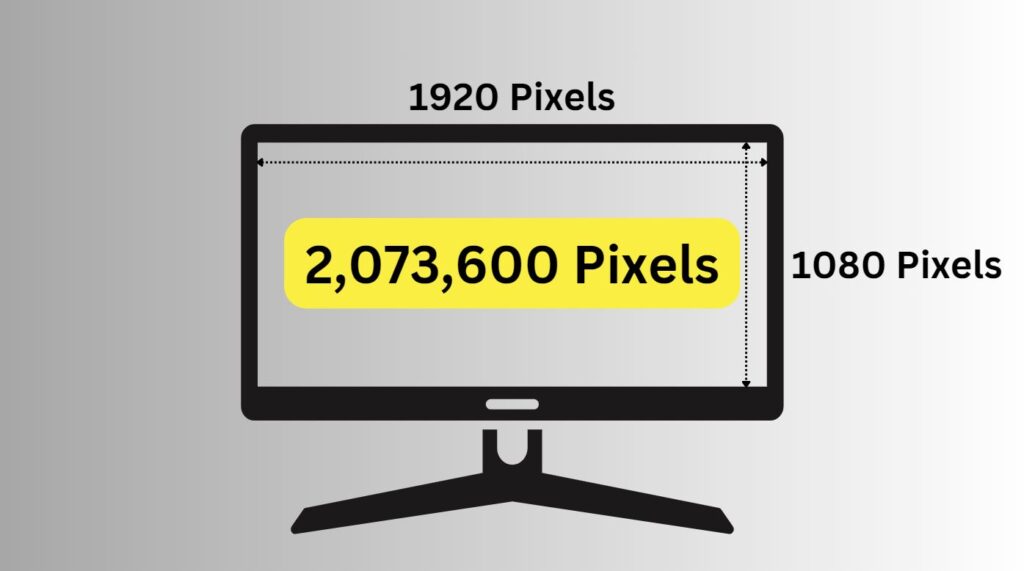
Resolution refers to the number of pixels displayed on the screen horizontally and vertically. It is typically denoted by two numbers, such as 1920×1080 or 2560×1440, where the first number represents the width, and the second number represents the height.
A monitor with a higher resolution offers the advantage of displaying images with greater detail. This is because a higher resolution monitor contains a larger number of pixels compared to a lower resolution monitor. The level of detail achieved is, however, contingent upon the resolution of the content being viewed. Moreover, a higher resolution screen enables the accommodation of more viewable content, allowing for a larger amount of information to be displayed simultaneously when compared to a lower resolution screen.
- 720p
- 1080p
- 1440p
- 4K
- 6K
- 8K
The basic high-definition (HD) resolution is 1280×720 pixels, commonly known as 720p.
Although this resolution is still prevalent in smaller monitors and budget-friendly options, it lacks the sharpness and detail of higher resolutions.
Full HD, the most common resolution today is 1920×1080 pixels, or 1080p.
This resolution offers a crisp image quality suitable for most general uses and is widely adopted across various monitor sizes and price ranges.
With a resolution of 2560×1440 pixels, also known as 1440p or 2K, Quad HD provides even greater detail than Full HD.
It is especially popular among gamers and content creators who require enhanced clarity and sharper visuals.
The pinnacle of monitor resolutions, Ultra HD or 4K (3840×2160 pixels), delivers an extraordinary level of detail and sharpness.
It is a great choice for professionals in fields like graphic design, video editing, and photography, as well as avid gamers who want a truly immersive experience.
6K resolution provides an exceptional level of detail, surpassing the capabilities of 4K displays.
It is commonly used in high-end cameras for video production, allowing content creators to capture footage with incredible sharpness and flexibility for editing purposes.
While 6K monitors are not as widespread as their 4K counterparts, they are gradually becoming more accessible to professionals who demand the utmost precision and detail in their work.
At a staggering resolution of 8K, displays offer an unrivaled level of visual clarity and immersion. With four times the number of pixels as 4K displays, 8K is an ideal choice for industries that demand the highest level of precision, such as medical imaging, scientific research, and ultra-high-definition video production. However, it’s important to note that 8K monitors are still relatively rare and come with a hefty price tag. Additionally, due to the limited availability of native 8K content, the full potential of these displays may not be realized for the average consumer just yet.
Pixels
Pixels serve as the fundamental units that constitute the visual elements on a display, acting as the essential building blocks. Their quantity directly determines the resolution of a monitor. In simpler terms, a higher resolution corresponds to an increased number of pixels present on the screen.
To illustrate this concept, one can envision pixels as individual puzzle pieces, each contributing to the formation of a larger overall image. Furthermore, as the pixel count rises, the level of detail within images becomes more pronounced.
What’s DPI or PPI?
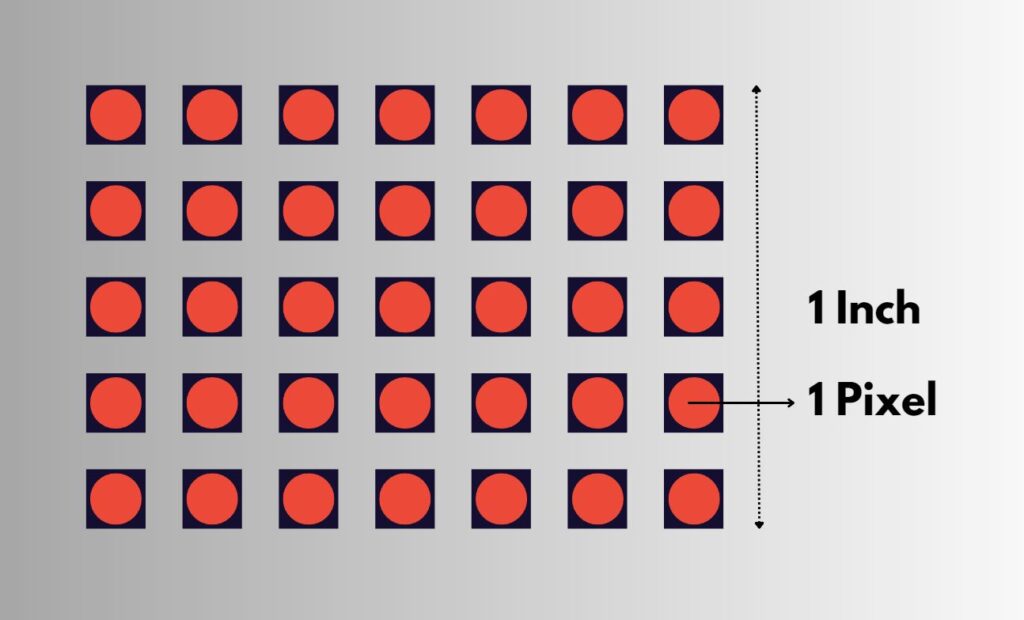
DPI (dots per inch) refers to the number of dots present within a one-inch line of a scanned or printed document. In the context of monitors and displays, the term PPI (pixels per inch) is more commonly used and is essentially equivalent to DPI. While there is a technical distinction, both terms are frequently interchanged.
PPI or DPI describes the pixel density of a monitor screen, indicating the number of pixels packed into each square inch. A higher pixel density translates to a greater number of pixels per inch, resulting in a more detailed display.
So a Higher Pixel Density PPI/DPI is better?
While a higher pixel density generally offers better image quality, there comes a point where the noticeable benefits diminish. As pixel density increases, the incremental improvements in visual quality become less discernible. Eventually, there is a threshold where the advantages of higher pixel density become indistinguishable to the human eye.
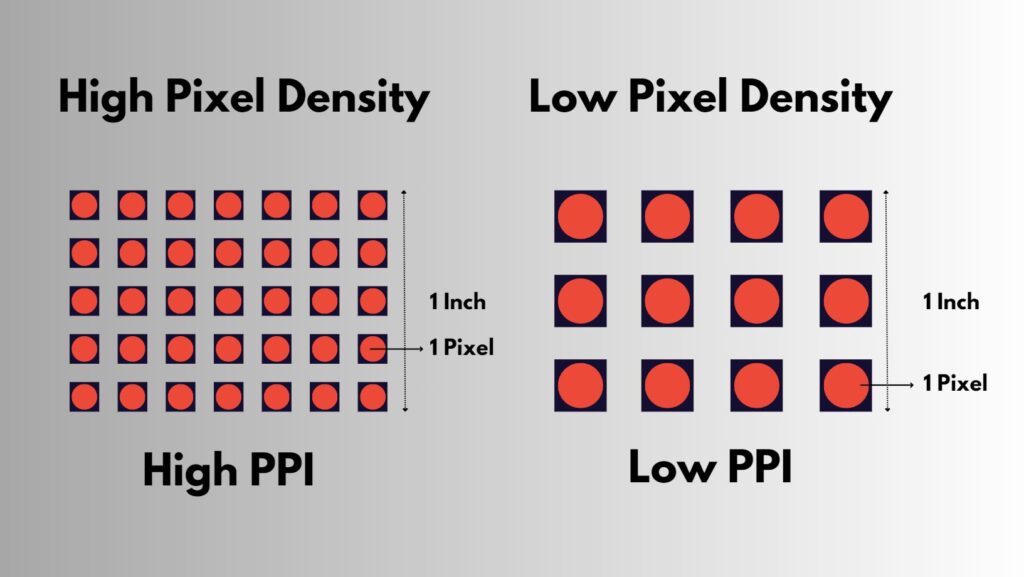
For example,
A 25-inch monitor would have a pixel density of approximately 88 pixels per inch (ppi), while a 32-inch monitor would have a pixel density of around 69 ppi.
In this scenario, it is reasonable to expect noticeable differences in image quality, with the 25-inch display delivering more appealing visuals. Moreover, modern smartphones commonly feature pixel densities ranging from 300 ppi to over 500 ppi.
Determining the precise point at which higher PPI becomes imperceptible to the human eye is a subject of debate. Some argue that the optimal pixel density lies around 400 ppi, while others contend that the detectable limit is closer to 1000 ppi. Since this is subjective and varies from person to person, it is advisable to personally evaluate a monitor before making a purchase decision, as individual preferences play a significant role.
Comparing Monitor Resolutions
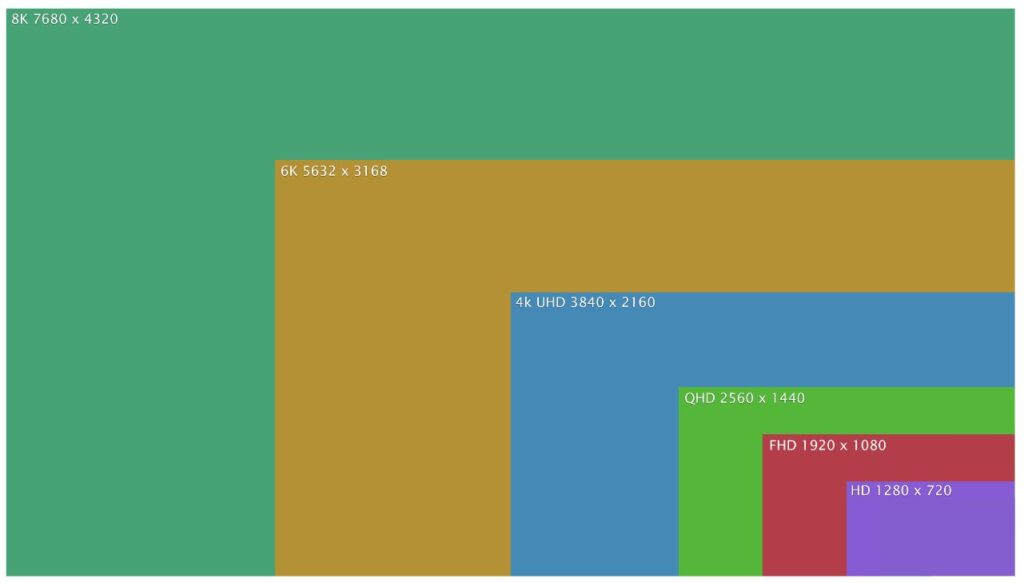
- 720p vs. 1080p
- 1080p vs. 1440p
- 1440p vs. 4K
- 4K vs. 8K
In terms of total pixels, the 1080p resolution surpasses 720p by more than twofold, resulting in a sharper and clearer image. Setting aside other considerations, 1080p has established itself as the industry standard for monitors, while 720p is experiencing a decline in popularity.
Although both resolutions fall within the high-definition (HD) standard, the prevalence of 1080p has made it the preferred choice among consumers and professionals alike.
In 27″ Display Monitors:
- A 720p monitor has a pixel density of about 54 ppi
- 1080p monitor has a pixel density of about 81 ppi
Featuring slightly over 3.6 million pixels, 1440p resolution offers approximately 1.77 times the pixel count of 1080p, resulting in smoother and more detailed visuals. Despite its advantages, 1080p remains the prevailing monitor resolution in the current market, enjoying widespread popularity.
On the other hand, 1440p is gradually gaining recognition and starting to establish its presence, although it is not as commonly adopted as 1080p at present.
In 27″ Display Monitors:
- 1080p Monitor has a pixel density of about 81 ppi
- 1440p monitor has a pixel density of about 108 ppi
While 1440p, also known as WQHD, boasts four times the number of pixels compared to 720p, 4K, or Ultra HD, takes it a step further by offering four times the pixel count of 1080p. Notably, 4K is experiencing significantly faster adoption compared to 1440p, with projections indicating that it will capture more than 50% of the US market share by the end of the decade.
In contrast, 1440p has primarily found its place within the smartphone industry and has maintained its presence for over a decade.
In 27″ Display Monitors:
- 1440p monitor has a pixel density of about 108 ppi
- 4K monitor has a pixel density of about 163 ppi
In the current market landscape, 8K stands as the pinnacle of display technology. With four times the resolution of 4K and a staggering 16 times that of 1080p, 8K represents the cutting edge in visual fidelity.
However, due to its relatively recent introduction, commercial availability of 8K displays is limited. On the other hand, 4K is rapidly gaining momentum and making significant strides towards becoming the standard resolution in various markets.
In 27″ Display Monitors:
- 4K monitor has a pixel density of about 163 ppi
- 8K monitor has a pixel density of about 326 ppi
Aspect Ratio
Aspect ratio is the proportional relationship between a monitor’s width and height. It determines how content is displayed on the screen and plays a crucial role in both productivity and entertainment.
4:3
The 4:3 aspect ratio was widely used in the early days of CRT monitors and traditional televisions. It has a more square-like shape, with a width that is 4 units long for every 3 units of height. This aspect ratio is well-suited for tasks that involve vertical content, such as reading documents or browsing the web. However, it is less popular for multimedia or gaming purposes due to the narrower horizontal viewing space.
16:9
The 16:9 aspect ratio has become the most prevalent standard for modern displays, including HDTVs and computer monitors. It offers a wider, rectangular shape, with a width that is 16 units long for every 9 units of height. This aspect ratio is ideal for multimedia consumption, gaming, and movie-watching, as it provides a more immersive and cinematic experience. The wide horizontal space allows for better utilization of screen real estate, making it popular for multitasking as well.
21:9
The 21:9 aspect ratio, also known as ultrawide, offers an even wider screen than the 16:9 ratio. It has a width that is 21 units long for every 9 units of height. Ultrawide displays are designed to provide an expansive viewing experience, similar to what you might find in a movie theater. This aspect ratio is particularly favored by professionals who benefit from increased horizontal screen space, such as video editors, graphic designers, and content creators.
Aspect Ratio Comparison
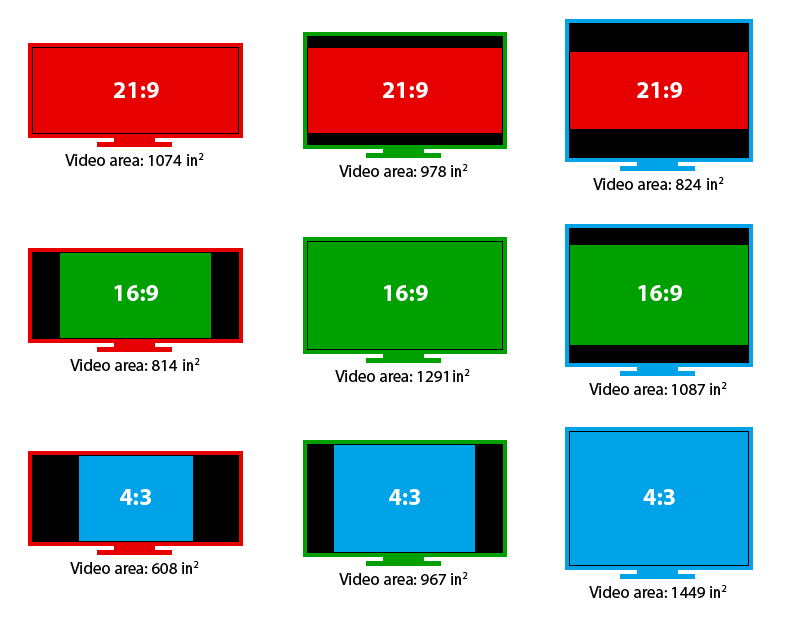
Conclusion
When shopping for a monitor, understanding the significance of resolution and aspect ratio is essential for the average consumer. By considering their intended use, budget, compatibility, and ergonomic needs, consumers can make informed decisions that result in a satisfying visual experience. Whether it’s for work, entertainment, or gaming, choosing the right resolution and aspect ratio can greatly enhance the overall quality and enjoyment derived from a monitor.



